Fed left federal funds rate target rate unchanged at 0.00-0.25% as widely expected, by unanimous vote. FOMC also pledged to maintain the target range “until it is confident that the economy has weathered recent events and is on track to achieve its maximum employment and price stability goals.” Additionally, Fed will “increase its holdings of treasury and MBS “at least at the current pace”.
In the accompanying statement, FOMC said that the coronavirus and containment measures “have induced sharp declines in economic activity and a surge in job losses”. Weaker demand and significantly lower oil prices are “holding down consumer price inflation”. Though, financial conditions “have improved” due to policy measures.
Fed also said it will “continue to monitor implications of incoming information” and pledged to “use its tools and act as appropriate to support the economy”. The range of information watched include “measures of labor market conditions, indicators of inflation pressures and inflation expectations, and readings on financial and international developments.”
Full statement below.
Federal Reserve Issues FOMC Statement
The Federal Reserve is committed to using its full range of tools to support the U.S. economy in this challenging time, thereby promoting its maximum employment and price stability goals.
The coronavirus outbreak is causing tremendous human and economic hardship across the United States and around the world. The virus and the measures taken to protect public health have induced sharp declines in economic activity and a surge in job losses. Weaker demand and significantly lower oil prices are holding down consumer price inflation. Financial conditions have improved, in part reflecting policy measures to support the economy and the flow of credit to U.S. households and businesses.
The ongoing public health crisis will weigh heavily on economic activity, employment, and inflation in the near term, and poses considerable risks to the economic outlook over the medium term. In light of these developments, the Committee decided to maintain the target range for the federal funds rate at 0 to 1/4 percent. The Committee expects to maintain this target range until it is confident that the economy has weathered recent events and is on track to achieve its maximum employment and price stability goals.
The Committee will continue to monitor the implications of incoming information for the economic outlook, including information related to public health, as well as global developments and muted inflation pressures, and will use its tools and act as appropriate to support the economy. In determining the timing and size of future adjustments to the stance of monetary policy, the Committee will assess realized and expected economic conditions relative to its maximum employment objective and its symmetric 2 percent inflation objective. This assessment will take into account a wide range of information, including measures of labor market conditions, indicators of inflation pressures and inflation expectations, and readings on financial and international developments.
To support the flow of credit to households and businesses, over coming months the Federal Reserve will increase its holdings of Treasury securities and agency residential and commercial mortgage-backed securities at least at the current pace to sustain smooth market functioning, thereby fostering effective transmission of monetary policy to broader financial conditions. In addition, the Open Market Desk will continue to offer large-scale overnight and term repurchase agreement operations. The Committee will closely monitor developments and is prepared to adjust its plans as appropriate.
Voting for the monetary policy action were Jerome H. Powell, Chair; John C. Williams, Vice Chair; Michelle W. Bowman; Lael Brainard; Richard H. Clarida; Patrick Harker; Robert S. Kaplan; Neel Kashkari; Loretta J. Mester; and Randal K. Quarles.




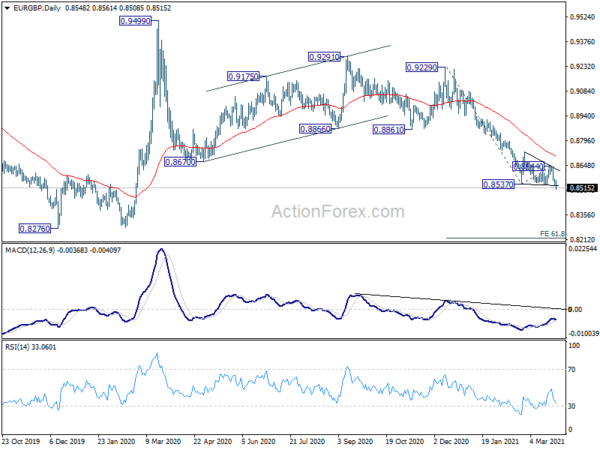
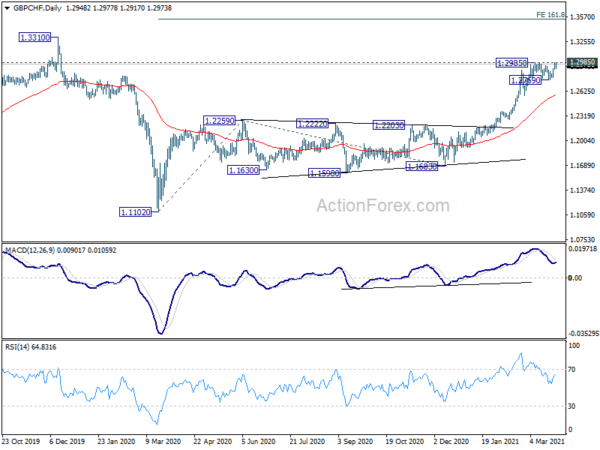
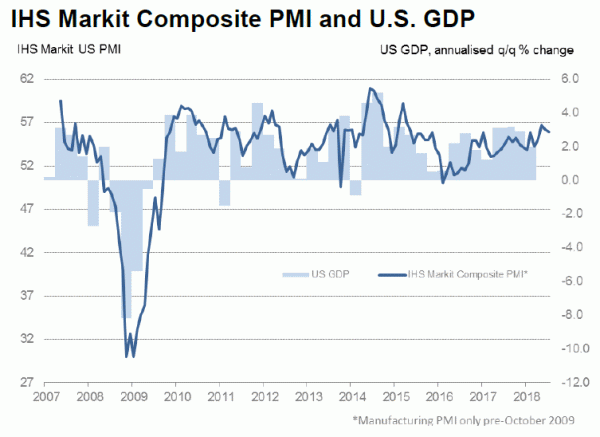
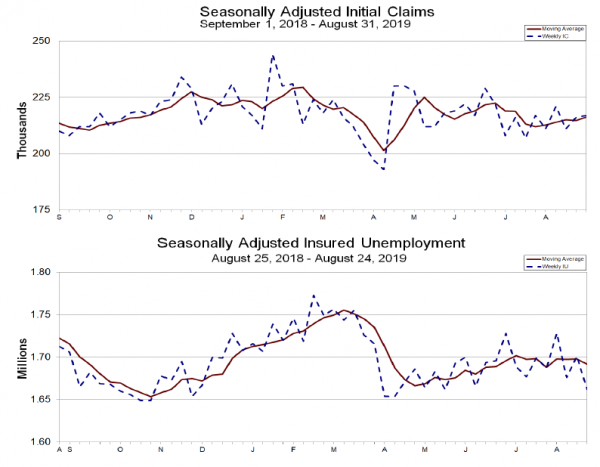

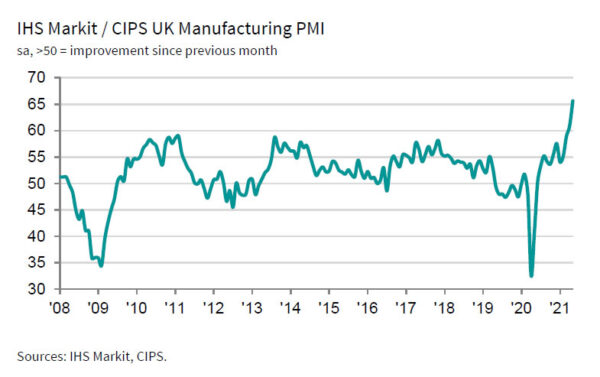
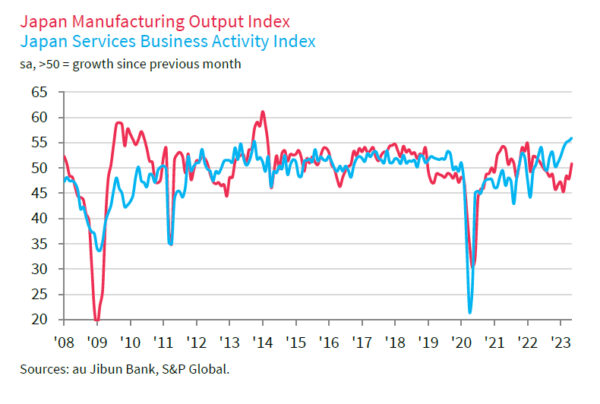
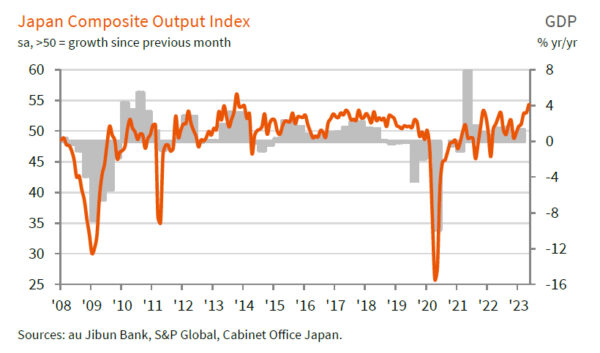
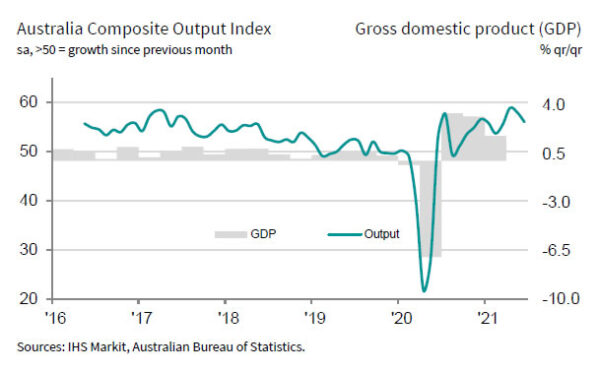
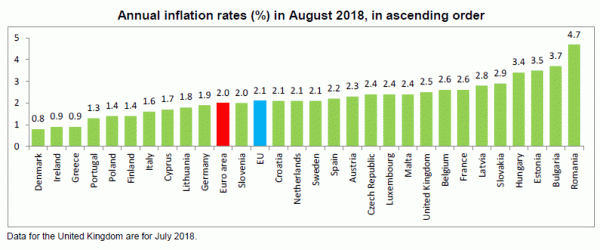
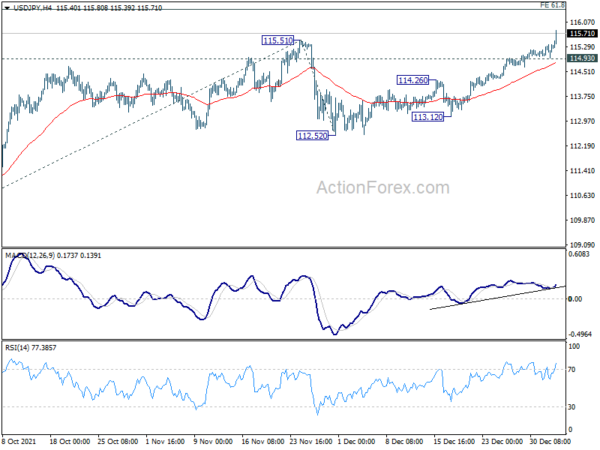
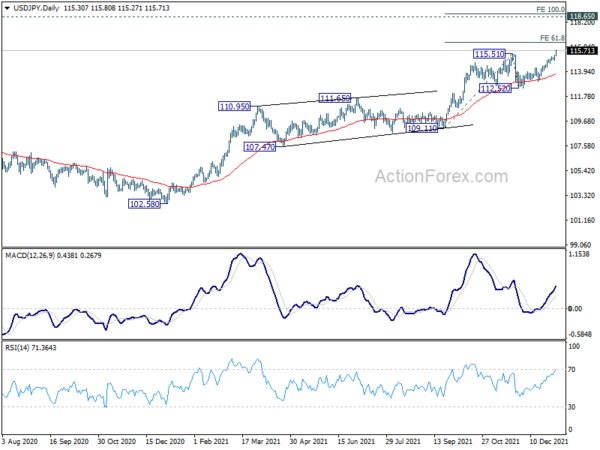
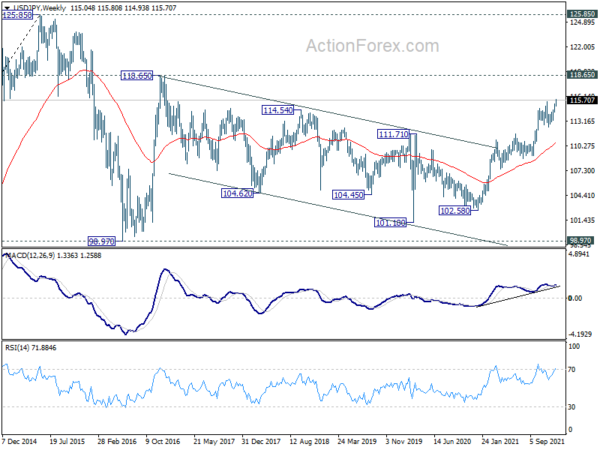
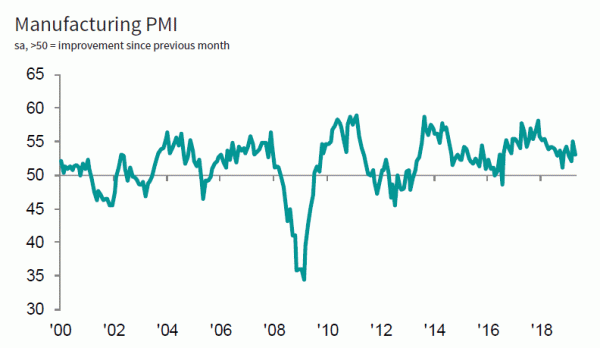

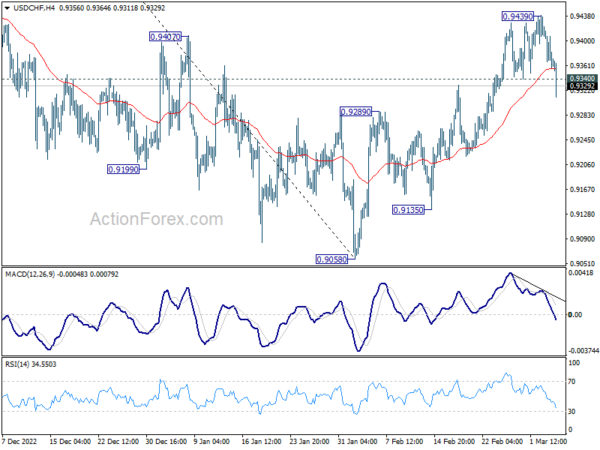
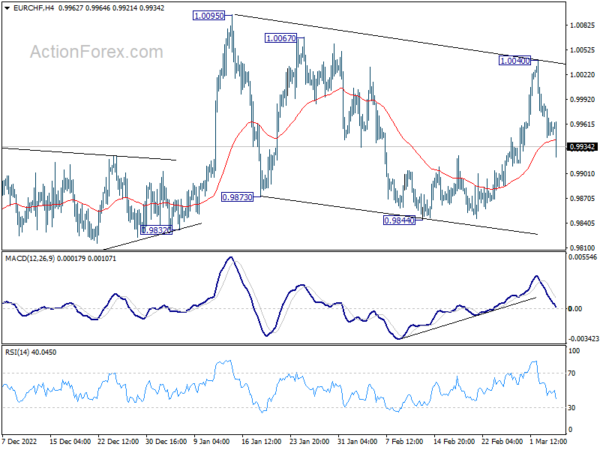

Australia AiG construction rose to 35.5, slower pace of contraction
Australia AiG Performance of Construction Index rose to 35.5 in June, up from 24.9. The data indicates improvement in business conditions in the sector, with pace of contracted eased from the record lows experienced since March. In trend terms, all components improved but stayed below 50. IN particular, activity rose 13.7 pts to 35.1. New orders rose 9.8 pts to 32.8. Employment rose 11.3 pts to 40.4.
Full release here.